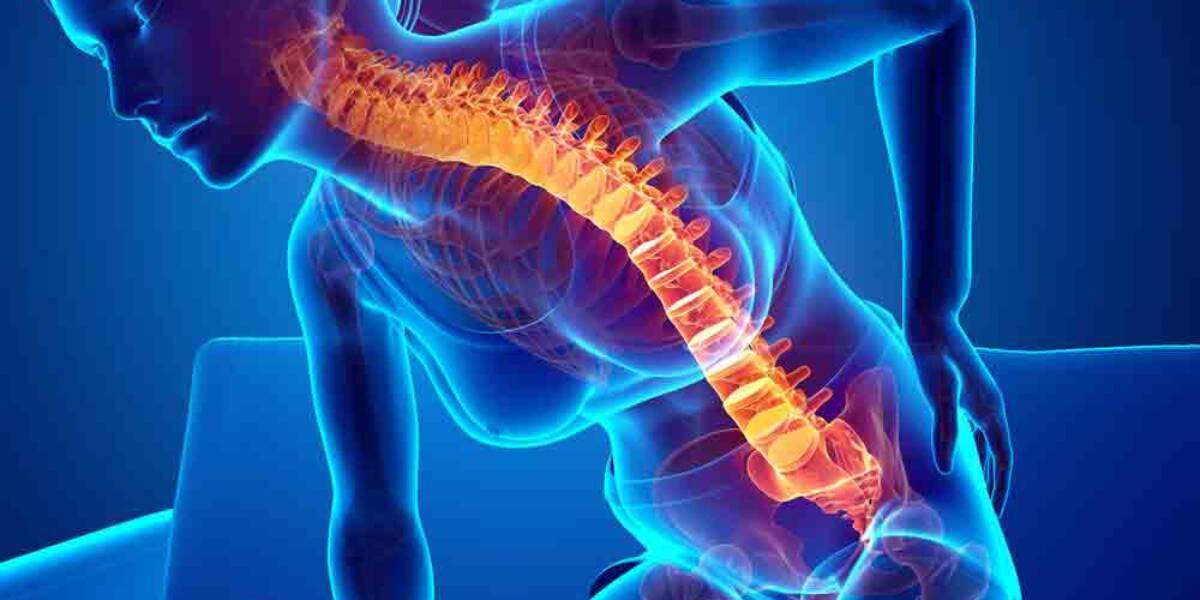Current Research Landscape
The landscape of DMD research is rapidly evolving, driven by breakthroughs in genetic science and innovative treatment modalities. Several key areas of focus include:
Gene Therapy
Gene therapy is at the forefront of DMD research, with several clinical trials exploring ways to deliver a functional copy of the dystrophin gene to muscle cells. Approaches such as viral vector delivery aim to introduce either the full-length dystrophin or a smaller version known as mini-dystrophin. Drugs like SRP-9001 have shown promise in early trials, indicating improvements in muscle function and strength among participants.Exon Skipping
Exon-skipping therapies utilize antisense oligonucleotides to bypass defective exons in the dystrophin gene, allowing for the production of a partially functional dystrophin protein. Recent developments include eteplirsen (Exondys 51) and golodirsen (Vyondys 53), both of which have received attention for their potential to slow disease progression in patients with specific mutations.CRISPR Gene Editing
The revolutionary CRISPR-Cas9 technology has the potential to correct mutations at their source, providing a long-term solution for some DMD patients. Early studies have demonstrated the ability to restore dystrophin production in animal models. Ongoing research aims to address delivery mechanisms and safety concerns, which are crucial for advancing this technology into human trials.Regenerative Medicine
Research into stem cell therapies is exploring the possibility of regenerating damaged muscle tissue. Techniques involving myoblast transplantation and the use of induced pluripotent stem cells (iPSCs) are being investigated for their potential to restore muscle function and improve overall mobility.
Challenges Ahead
Despite the optimism surrounding these advancements, several challenges persist in the pursuit of effective DMD treatments:
Regulatory Hurdles: Gaining regulatory approval for new therapies can be a lengthy and complex process. Ensuring that treatments meet safety and efficacy standards is essential, but it can slow the availability of potentially life-changing therapies.
Cost and Accessibility: Many innovative treatments are expensive, posing significant barriers to access for patients and families. Ensuring that all patients can benefit from new therapies, regardless of socioeconomic status, remains a critical concern.
Long-Term Safety and Efficacy: While early results from clinical trials are encouraging, the long-term effects of gene therapies, exon skipping, and other novel treatments need thorough investigation. Monitoring for potential side effects and understanding the durability of treatment effects are essential.
The Path Forward
The future of DMD research is bright, with significant progress being made on multiple fronts. Collaborative efforts among researchers, healthcare professionals, and patient advocacy groups are vital for driving innovation and ensuring that new therapies meet the needs of patients.
Ongoing clinical trials and research initiatives continue to shed light on the most effective strategies for managing DMD. As the understanding of the disease deepens, the potential for developing curative therapies becomes increasingly tangible.
Conclusion
The current research landscape for Duchenne Muscular Dystrophy offers hope for patients and families grappling with this challenging condition. With advancements in gene therapy, exon skipping, CRISPR technology, and regenerative medicine, the potential for transformative treatments is on the horizon. While challenges remain, the progress in the pipeline is encouraging and suggests a future where DMD can be effectively managed or even cured, improving the quality of life for those affected by this devastating disorder.
Latest Reports
Chronic Rhinosinusitis Market | Critical Limb Ischemia Market | Deep Vein Thrombosis Market | Eosinophilic Asthma Market | Familial Amyloid Polyneuropathy Market | Fibrocystic Breast Condition Market | Helicobacter Pylori Infections Market | Hepatic Encephalopathy Market | Human Papilomavirus Market | Immunologic Deficiency Syndrome Market | Neuroblastoma Market | Nipah Virus Infection Market | Non Alcoholic Fatty Liver Disease Nafld Market | Opioid Induced Constipation Market | Parkinson’s Disease Market | Pcsk9 Inhibitor Market | Pediatric Obesity Market | Spasticity Market | Thymic Carcinoma Market | West Syndrome Market | 22q11.2 Deletion Syndrome Market | Acute On Liver Failure Market | Acute Pancreatitis Market | Acute Pharyngitis Market | Ada-scid Competitive Landscape | Adrenal Cortex Neoplasms Market | Adrenal Insufficiency Market | Adult Myopia Market








